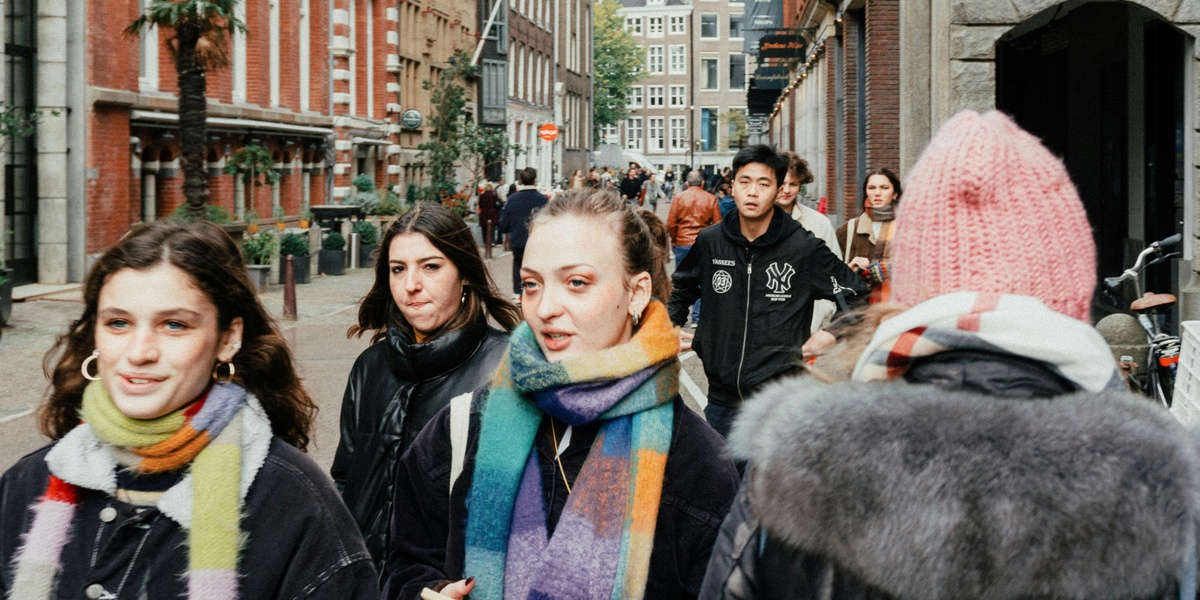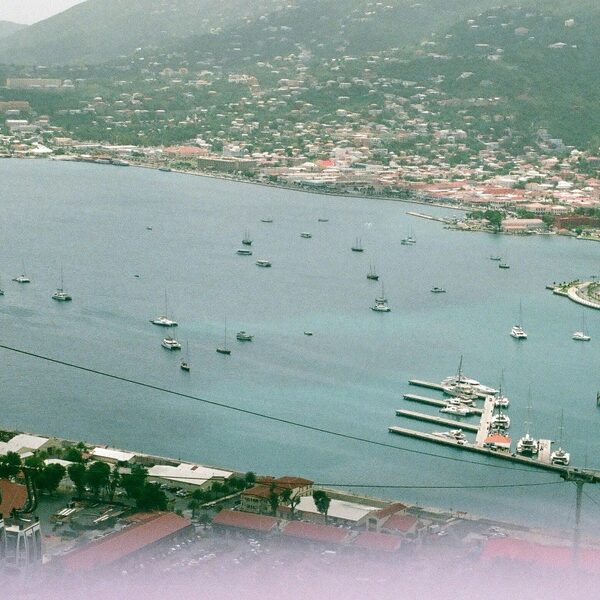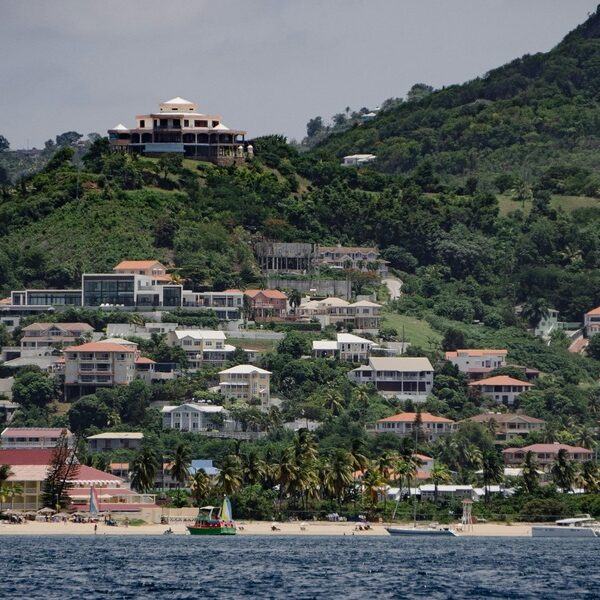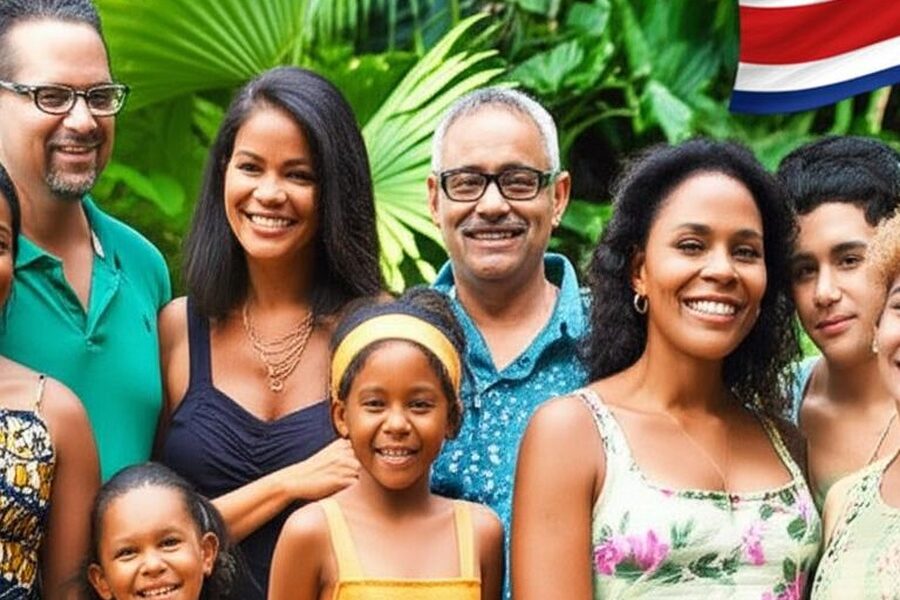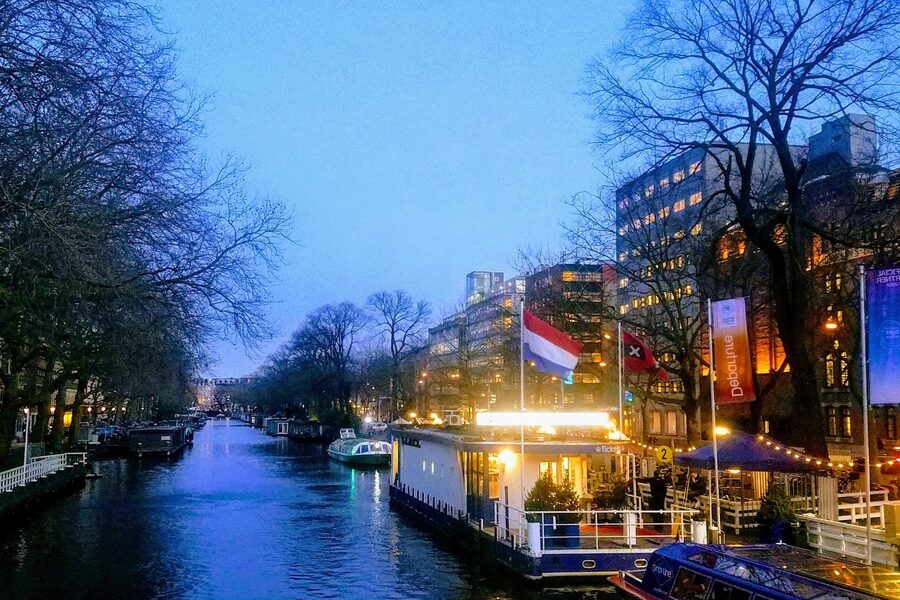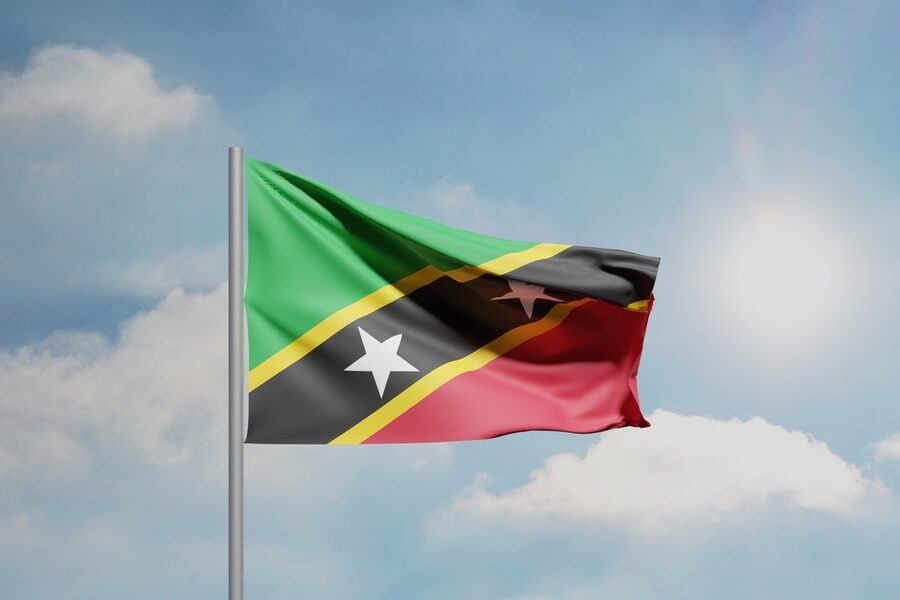The Netherlands is a densely connected country with a long history of migration, trade and cultural exchange. Cities and smaller towns alike reflect waves of movement from Europe, the former colonies, and more recent global arrivals, shaping local communities, neighborhoods and cuisines.
There are 23 Netherlands Ethnic Groups, ranging from Afghans to Turks. For each group, you’ll find below Population (est.),Origin,Language & religion so you can compare sizes, ancestral roots and cultural characteristics at a glance — you’ll find below.
How current are the population estimates on this list?
Population figures are typically estimates drawn from the most recent national statistics, municipal registers and reputable surveys; methods and reference years can vary by group, so treat numbers as approximate and check source notes where available for exact dates and margins.
How are ethnic groups defined for this list?
Groups are identified using common criteria such as country of origin, ancestry and self-identification used in Dutch statistics and research; this means labels may overlap (mixed heritage, second-generation) and reflect practical categories rather than fixed identities.
Netherlands Ethnic Groups
| Group | Population (est.) | Origin | Language & religion |
|---|---|---|---|
| Dutch | 13,200,000 | Netherlands, Germanic tribes | Dutch; largely secular, historically Christian |
| Indo-Dutch | 500,000 | Former Dutch East Indies (Indonesia) | Dutch; historically Christian, various influences |
| Frisians | 400,000 | Friesland province, Netherlands | West Frisian, Dutch; mainly Protestant Christianity |
| Turks | 435,000 | Turkey, primarily Anatolia | Turkish, Kurdish; predominantly Sunni Islam |
| Moroccans | 423,000 | Morocco, mainly the Rif region | Moroccan Arabic, Berber (Tarifit); predominantly Sunni Islam |
| Surinamese | 359,000 | Suriname, South America | Dutch, Sranan Tongo; diverse (Christian, Hindu, Islam) |
| Germans | 338,000 | Germany | German, Dutch; mainly Christian (Catholic/Protestant) |
| Poles | 222,000 | Poland | Polish; predominantly Roman Catholic |
| Dutch Caribbeans | 158,000 | Aruba, Curaçao, Sint Maarten, BES islands | Dutch, Papiamento, English; mainly Christian |
| Syrians | 148,000 | Syria | Arabic; predominantly Sunni Islam |
| Belgians | 119,000 | Belgium, primarily Flanders | Dutch (Flemish dialect); mainly Roman Catholic |
| Chinese | 79,000 | China, Hong Kong, former colonies | Mandarin, Cantonese, Dutch; Buddhism, folk religions, secularism |
| Moluccans | 70,000 | Maluku Islands, Indonesia | Dutch, Malay; mainly Protestant Christianity |
| Iraqis | 66,000 | Iraq | Arabic, Kurdish; predominantly Shia and Sunni Islam |
| Italians | 51,000 | Italy | Italian, Dutch; predominantly Roman Catholic |
| Afghans | 50,000 | Afghanistan | Dari, Pashto; predominantly Sunni Islam |
| Iranians | 48,000 | Iran | Persian (Farsi); predominantly Shia Islam, also secular |
| Jews | 45,000 | Historical diaspora, Central & Eastern Europe | Dutch, Hebrew; Judaism |
| Somalis | 44,000 | Somalia | Somali; predominantly Sunni Islam |
| Eritreans | 33,000 | Eritrea | Tigrinya; mainly Eritrean Orthodox Tewahedo Christianity |
| Ghanaians | 26,000 | Ghana | Akan (Twi), English, Dutch; mainly Christian |
| Cape Verdeans | 23,000 | Cape Verde | Cape Verdean Creole, Dutch; mainly Roman Catholic |
| Sinti and Roma | 4,500 | Indian subcontinent (historical), Europe | Romani, Dutch; various Christian denominations |
Images and Descriptions
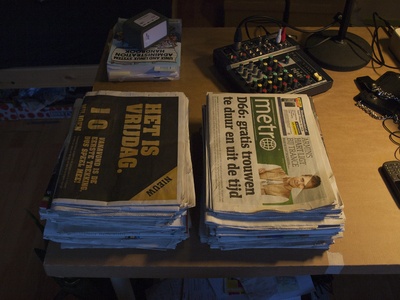
Dutch
The majority ethnic group, forming the cultural and linguistic foundation of the nation. Descended from Germanic tribes, their identity is tied to the Dutch language, history, and traditions. They are distributed throughout the entire country.

Indo-Dutch
People of mixed European and Indonesian ancestry who came to the Netherlands after Indonesia’s independence. Their “Indische” culture has profoundly influenced Dutch society, especially through its famous cuisine, and they are a fully integrated community.

Frisians
A recognized indigenous minority with a distinct language and culture, concentrated in the northern province of Friesland. Frisians have a strong regional identity and their language is officially recognized and taught in schools.
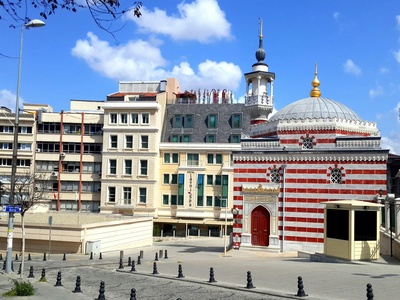
Turks
One of the largest minority groups, initially arriving as guest workers in the 1960s. The community maintains strong cultural ties to Turkey and has established deep roots over several generations, particularly in urban areas.
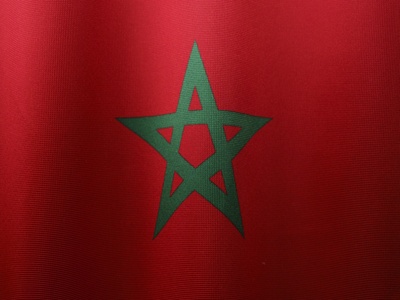
Moroccans
Another major community that began with guest worker migration. A significant portion has Berber heritage from the Rif mountains. The community is youthful and heavily concentrated in the major cities of the Randstad conurbation.
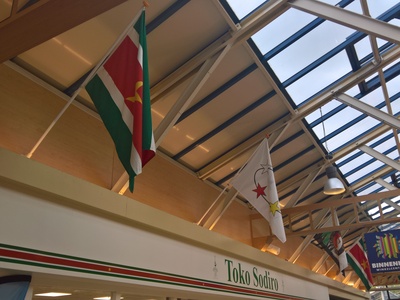
Surinamese
A highly diverse group that migrated around Suriname’s 1975 independence. It includes distinct sub-groups like Creoles, Hindustani, and Javanese, each contributing unique cultural and religious traditions to Dutch society.

Germans
The largest group from a neighboring country, with a long history of cross-border migration. Due to strong linguistic and cultural similarities with the Dutch, Germans tend to integrate very easily into society.
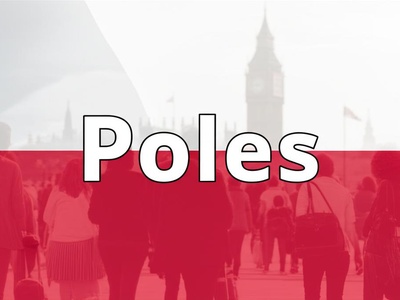
Poles
A rapidly growing community, with most arriving after Poland joined the EU in 2004 for labor opportunities. They have become one of the largest European migrant groups and are spread across various sectors and regions.
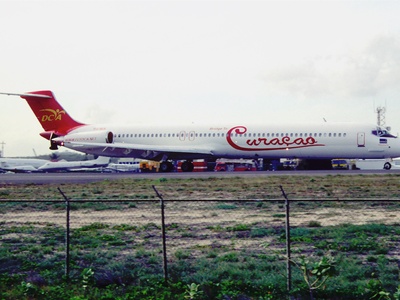
Dutch Caribbeans
Citizens of the Kingdom of the Netherlands from its Caribbean islands. They migrate for education and employment, bringing vibrant music, food, and culture, with large communities in cities like Rotterdam and Amsterdam.
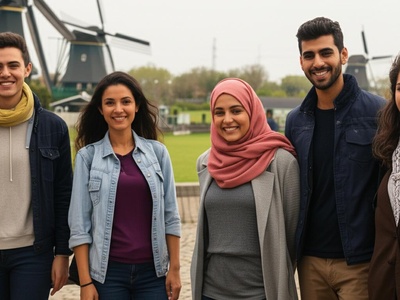
Syrians
One of the newest and fastest-growing communities, consisting mainly of refugees who have fled the Syrian Civil War since 2011. The group is focused on integration, education, and rebuilding their lives in the Netherlands.
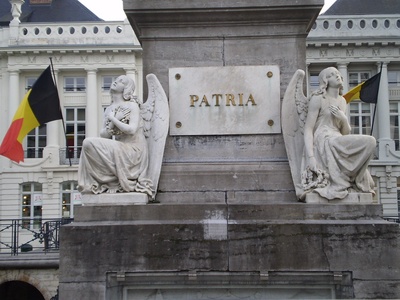
Belgians
A neighboring group with extremely close cultural and linguistic ties, especially the Flemish. Migration across the border for work, study, and lifestyle is very common, particularly in the southern provinces of the Netherlands.

Chinese
A diverse community with multiple migration waves, from early 20th-century seamen to recent students and entrepreneurs. Beyond their well-known culinary influence, the community is active across many economic sectors.
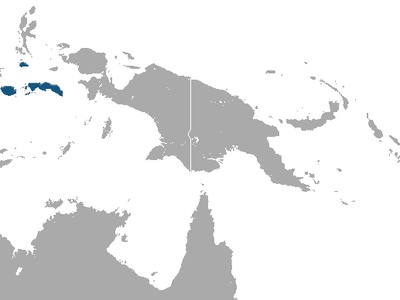
Moluccans
Descendants of Royal Dutch East Indies Army (KNIL) soldiers who arrived in 1951, expecting a temporary stay. They maintain a unique and tight-knit community identity, with a history marked by a strong political cause.
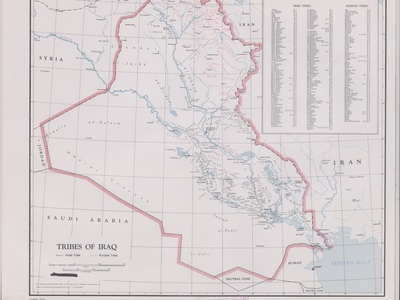
Iraqis
Arriving mainly as refugees since the 1990s due to war and political instability. The community is diverse, including Arabs, Kurds, and Assyrians, reflecting Iraq’s own complex ethnic and religious landscape.
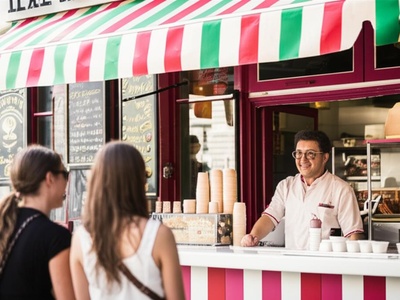
Italians
One of the original post-war “guest worker” groups, famously associated with establishing ice cream parlors and pizzerias across the country. The community is long-established and well-integrated into Dutch life.
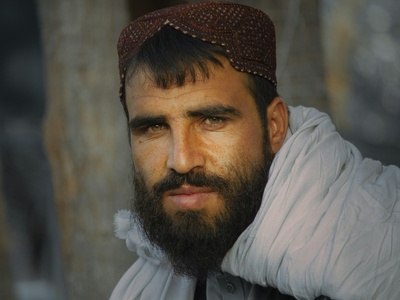
Afghans
Primarily arrived as refugees following the Soviet-Afghan War and subsequent conflicts. The community has established itself over several decades, with a strong focus on family, education, and maintaining cultural traditions while integrating.
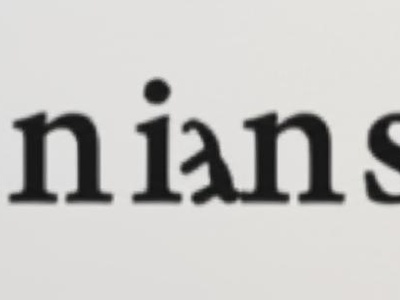
Iranians
Mostly arrived as political refugees after the 1979 Iranian Revolution, with many being highly educated. The community is known for its significant contributions to academia, science, and the arts in the Netherlands.

Jews
A community with a very long and influential history in the Netherlands, particularly in Amsterdam. Despite devastation during the Holocaust, the Jewish community remains an integral part of Dutch history and contemporary culture.
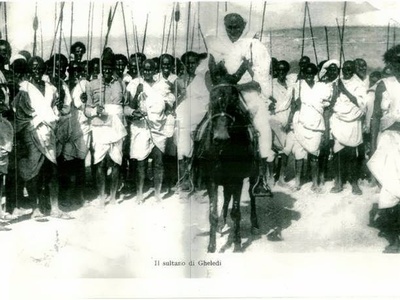
Somalis
Mostly arrived as refugees fleeing the civil war that began in the 1990s. The Somali community is known for its strong oral traditions, resilience, and entrepreneurial spirit, often establishing small businesses.
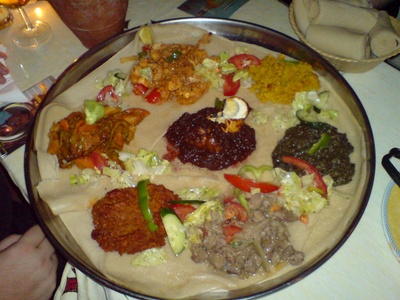
Eritreans
A relatively new and growing refugee community that has fled political persecution and mandatory military service in Eritrea. They are establishing their community and navigating the process of integration across the country.
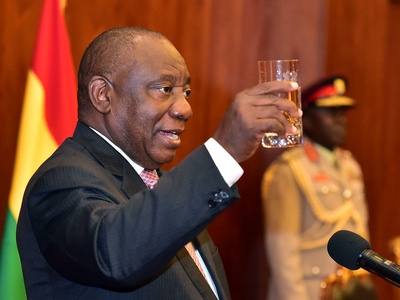
Ghanaians
A prominent African community, largely concentrated in the Amsterdam Southeast (Bijlmer) area. Known for vibrant church communities and entrepreneurial activities, they have created a distinct “Little Ghana” in the capital.
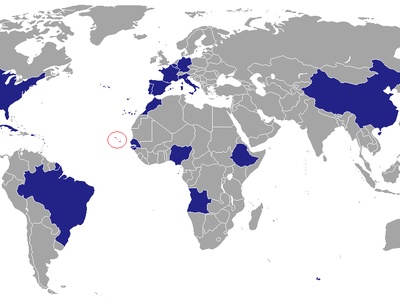
Cape Verdeans
A long-established community, particularly in Rotterdam, with migration history dating back to the 1950s. The community is known for its strong musical traditions, especially the Morna style, and close family ties.
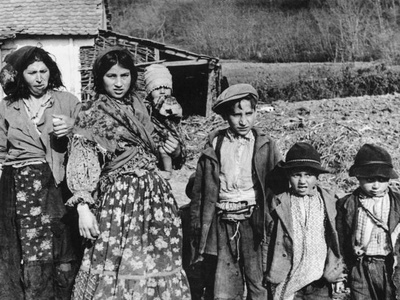
Sinti and Roma
Recognized as a national minority, with a history in the Netherlands spanning centuries. They maintain a distinct cultural identity based on itinerant traditions and strong community bonds, though many are now sedentary.

